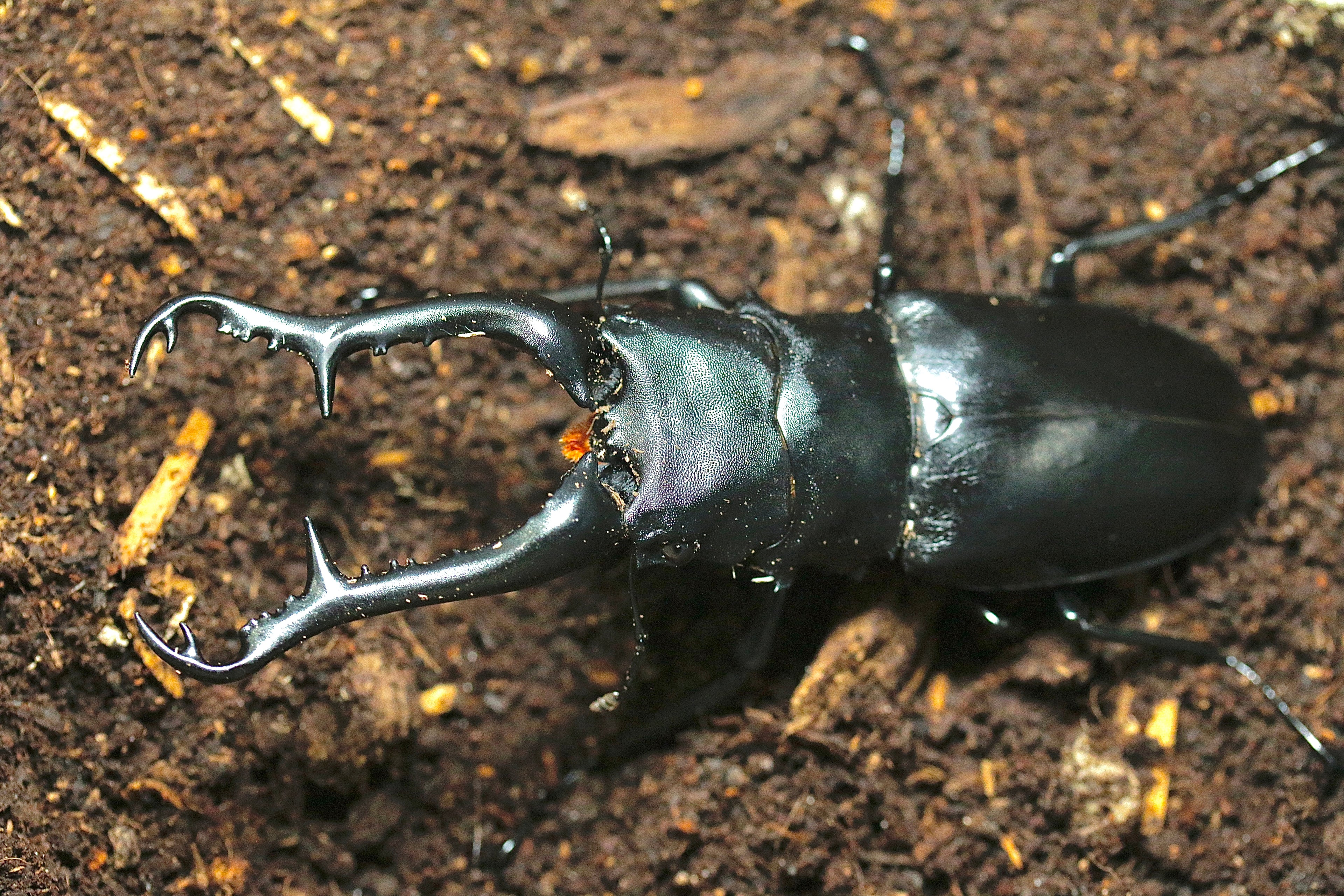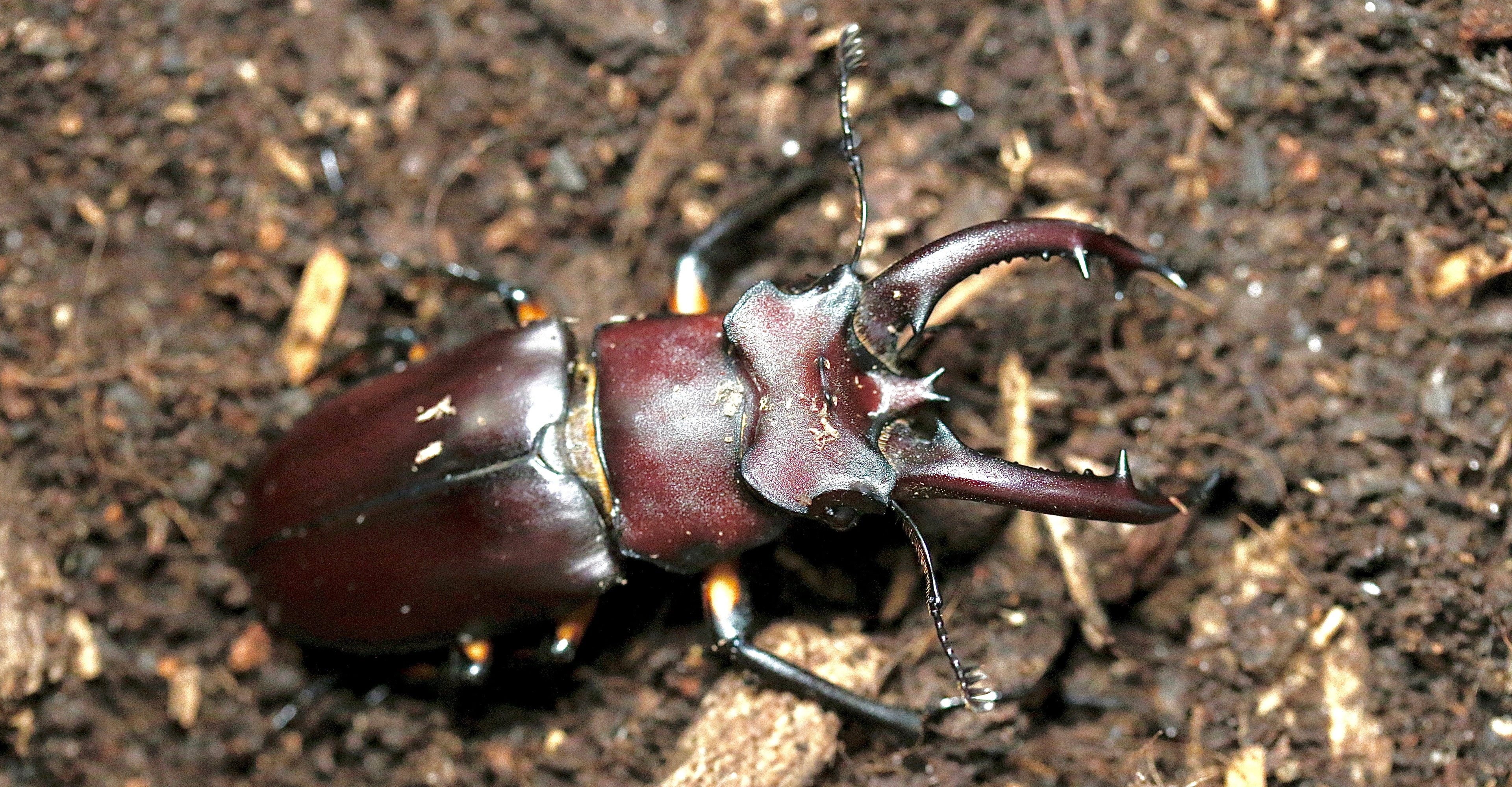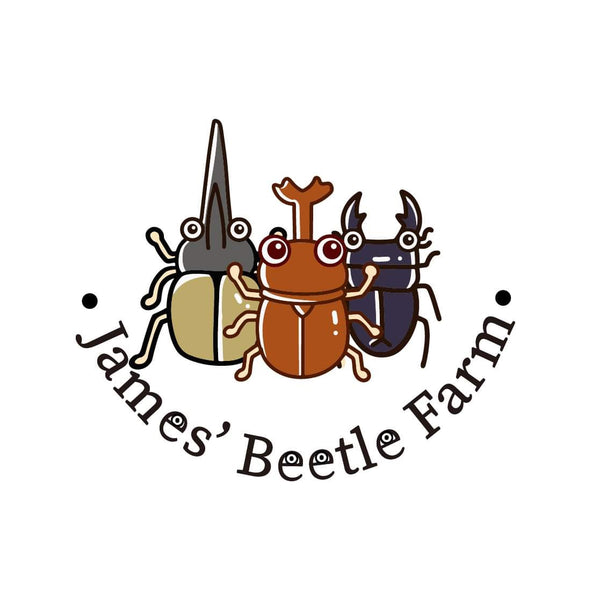

How to Breed Beetles
Breeding beetles can be a fascinating and rewarding experience. The process involves creating the right conditions for mating, egg laying, and larval development. Here's a general guide on how to breed beetles:
1. Species Selection
Choose a beetle species that is suitable for breeding in captivity. Some species are easier to breed than others, so research and select a species that matches your level of experience. Here at James' Beetle Farm, Most, if not all, species sold on the site are able to be bred in captivity. And, most species are easy to breed, while just a few species are more challenging to breed.
2. Setting Up Breeding Enclosures:
-
Containers: Use well-ventilated plastic or glass containers with lids. The size of the container will depend on the species and the number of beetles you intend to breed.
-
Substrate: Prepare a suitable substrate for egg laying and larval development. Research the specific substrate requirements of the chosen species. Flake soil is what 99% of beetles species need, while a few other species like long horned beetles require sawdust.
-
Humidity: Maintain the right level of humidity in the enclosure by misting the substrate as needed. A damp but not waterlogged substrate is ideal. A common way to check the moisture content is to hold a handful of the flake soil and compress it. If the soil clumps without any moisture seeping from your hand, then the moisture content is correct. (Note: The flake soil may be slightly wetter or drier than standard depending on your beetle species.)
-
Temperature: Maintain the appropriate temperature range for the species you are breeding. Most beetles thrive between 70-85°F (21-29°C).
-
Darkness: Many beetle species prefer darkness for breeding and egg laying. Keep the breeding containers in a dimly lit or dark area. Many flower beetle species are not nocturnal and require day light cycle for best breeding results.
3. Pairing and Mating:
-
Sexing Beetles: Learn how to distinguish between male and female beetles of your chosen species. Typically, males have horns and are bigger than females.
-
Pairing: Introduce mature male and female beetles into the breeding enclosure. Observe their behavior to ensure mating occurs. Mating rituals and behaviors can vary between species. Typically, you want both males and females to be active (out of dormancy), and eating a good amount of food for 2 weeks before mating. For some aggressive stag beetle species like Dorcus titanus palawanicus, you may want to tie their mandible to prevent the male from killing the female if you plan to keep male and female together for mating for a period of time unsupervised.
4. Egg Laying:
-
Providing Substrate: Once a female is mated, provide a suitable area/substrate for females to lay eggs in, Typically, most beetle species just require flake soil, some stag beetle such as RCS require logs. The amount of flake soil needed depends on the species being bred, the minimum I recommend is our 80 oz container which is 6.83” x 5.5", Usually, the deeper the substrate (flake soil) the better, especially for bigger beetle species. Typically, the bottom 50%-70% of the flake soil should be compressed, and top 30%-50% can be loose, this is to make the beetles believe it is at a deep level of the soil, so they can feel more comfortable laying eggs.
-
Monitoring: Regularly check the substrate for eggs. You may need to gently sift through the substrate to locate them. You may also leave them to hatch within the container to prevent stress on the eggs.
5. Record Keeping:
- Documentation: Keep records of your breeding attempts, including mating dates, egg-laying dates, and other observations. This information can help you refine your breeding techniques over time.
Remember that different beetle species may have unique requirements for breeding success. It's crucial to research and understand the specific needs of the species you are working with to ensure a successful breeding endeavor.
